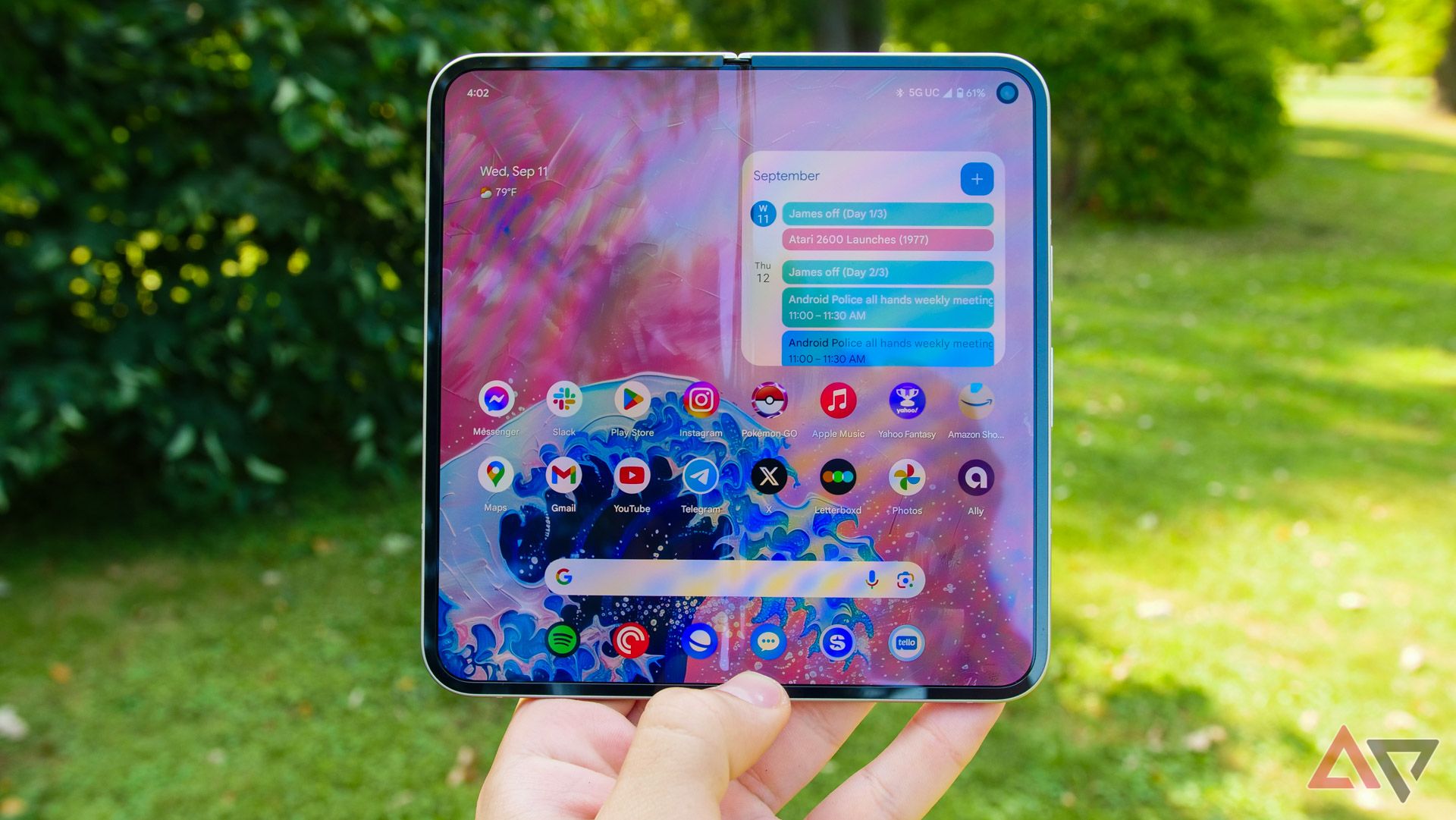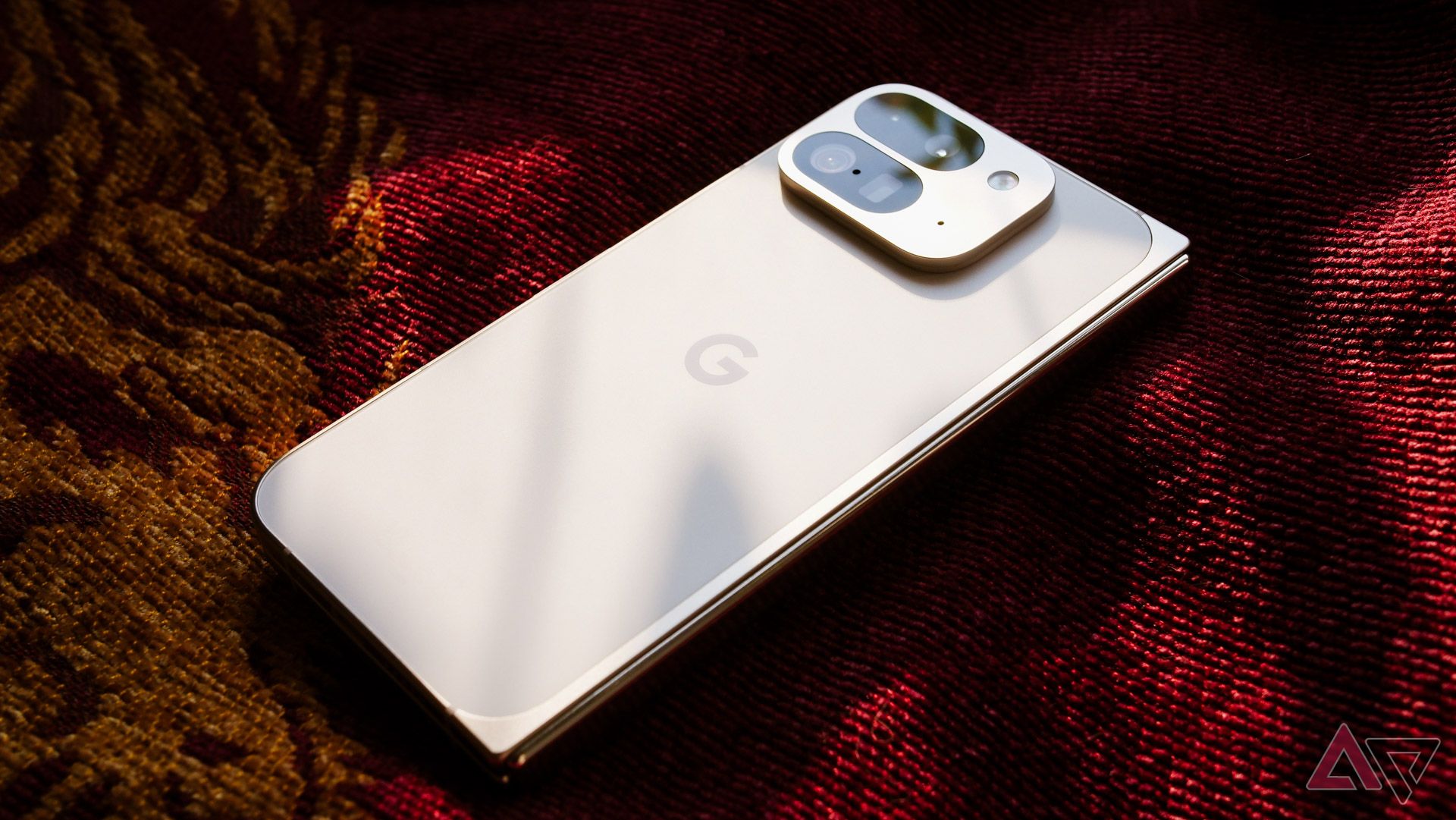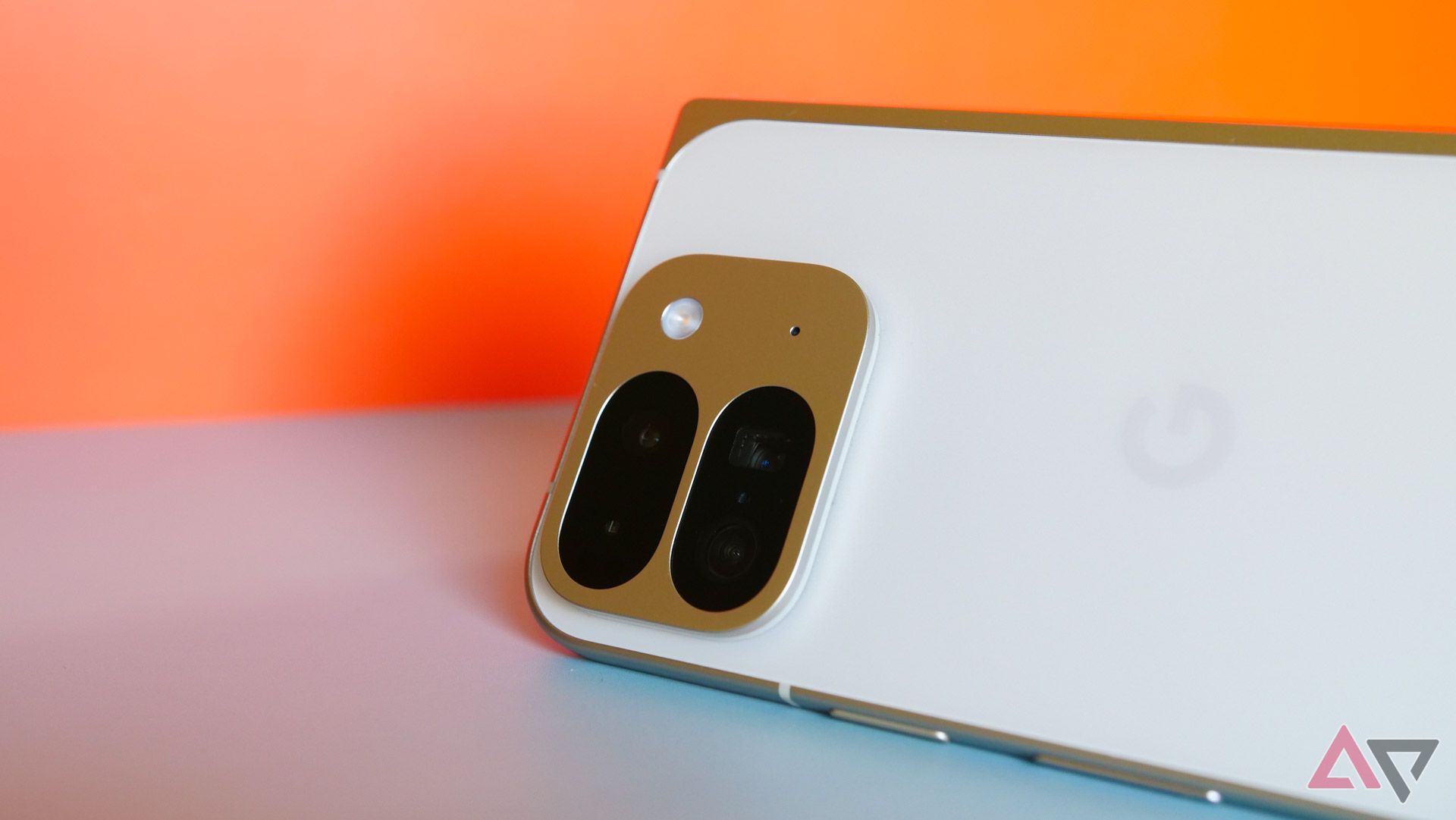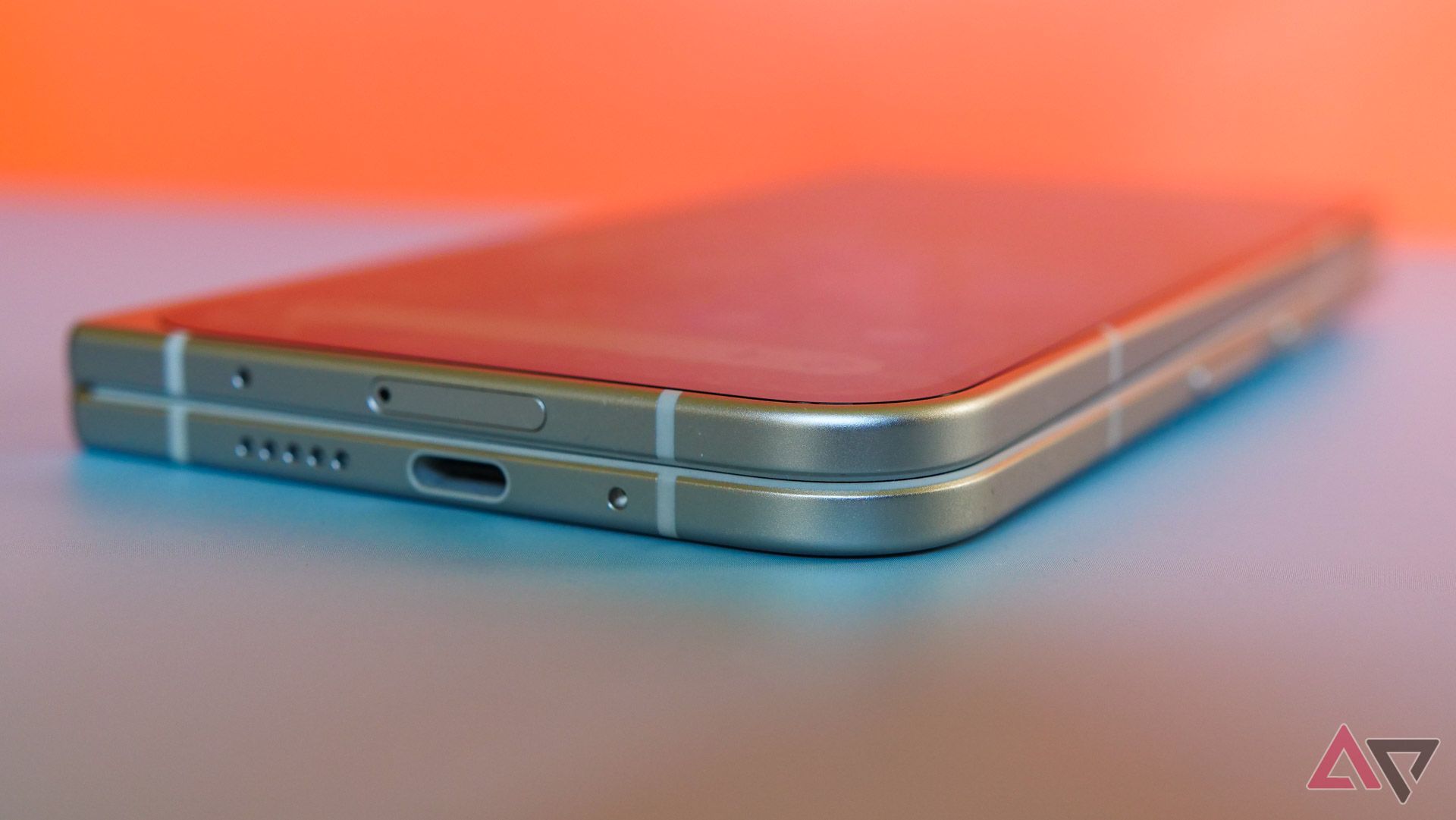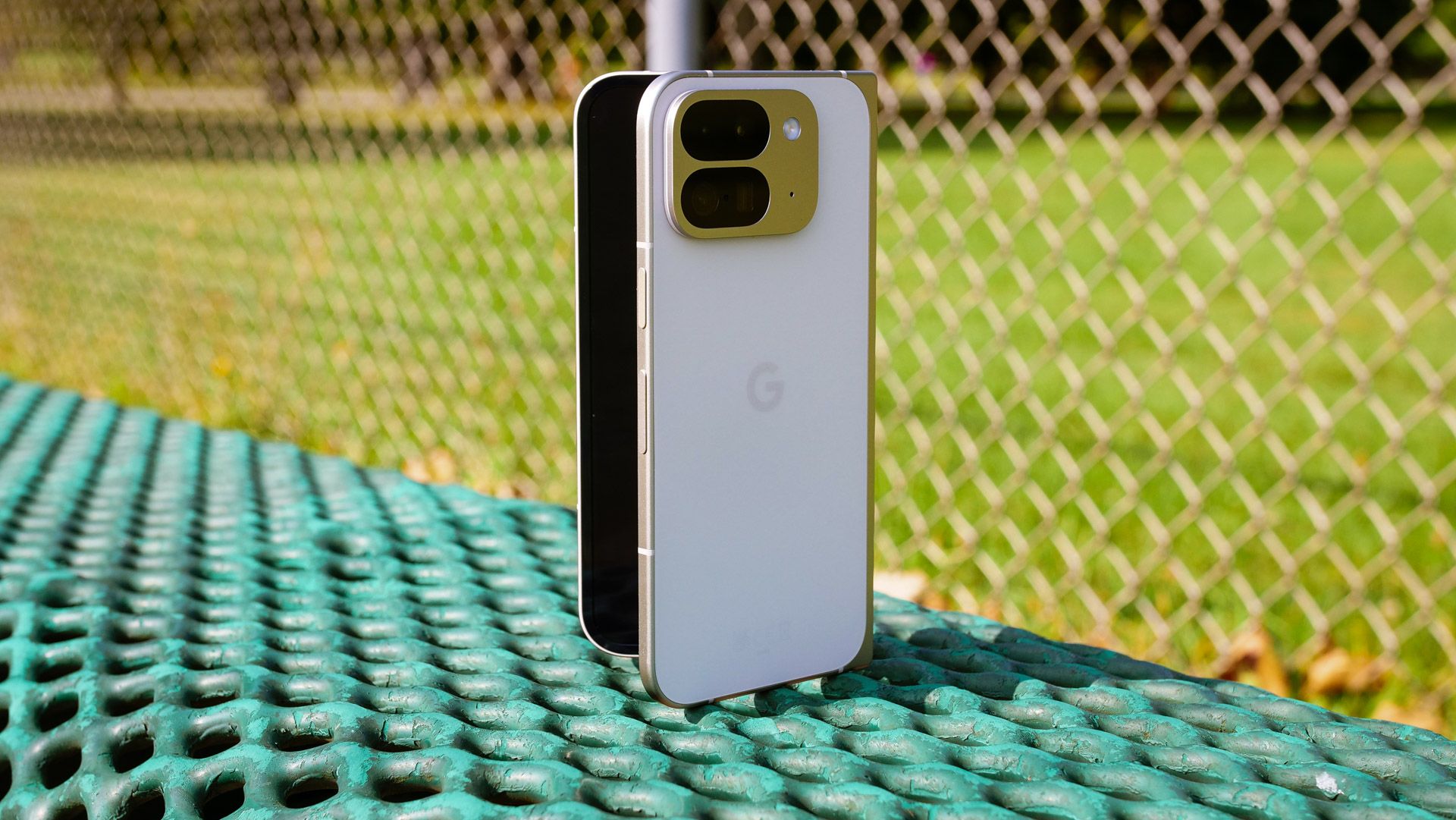
With the Pixel 9 Pro Fold, Google doesn't want you to think of foldables as a compromised experience — "Pro" is right there in the name. And, to the company's credit, this device is leaps and bounds ahead of its predecessor, with obvious improvements no matter where you look. But if you're stuck wobbling between this foldable and a more standard flagship smartphone, you're going to need to make a few sacrifices to earn its 8-inch display.

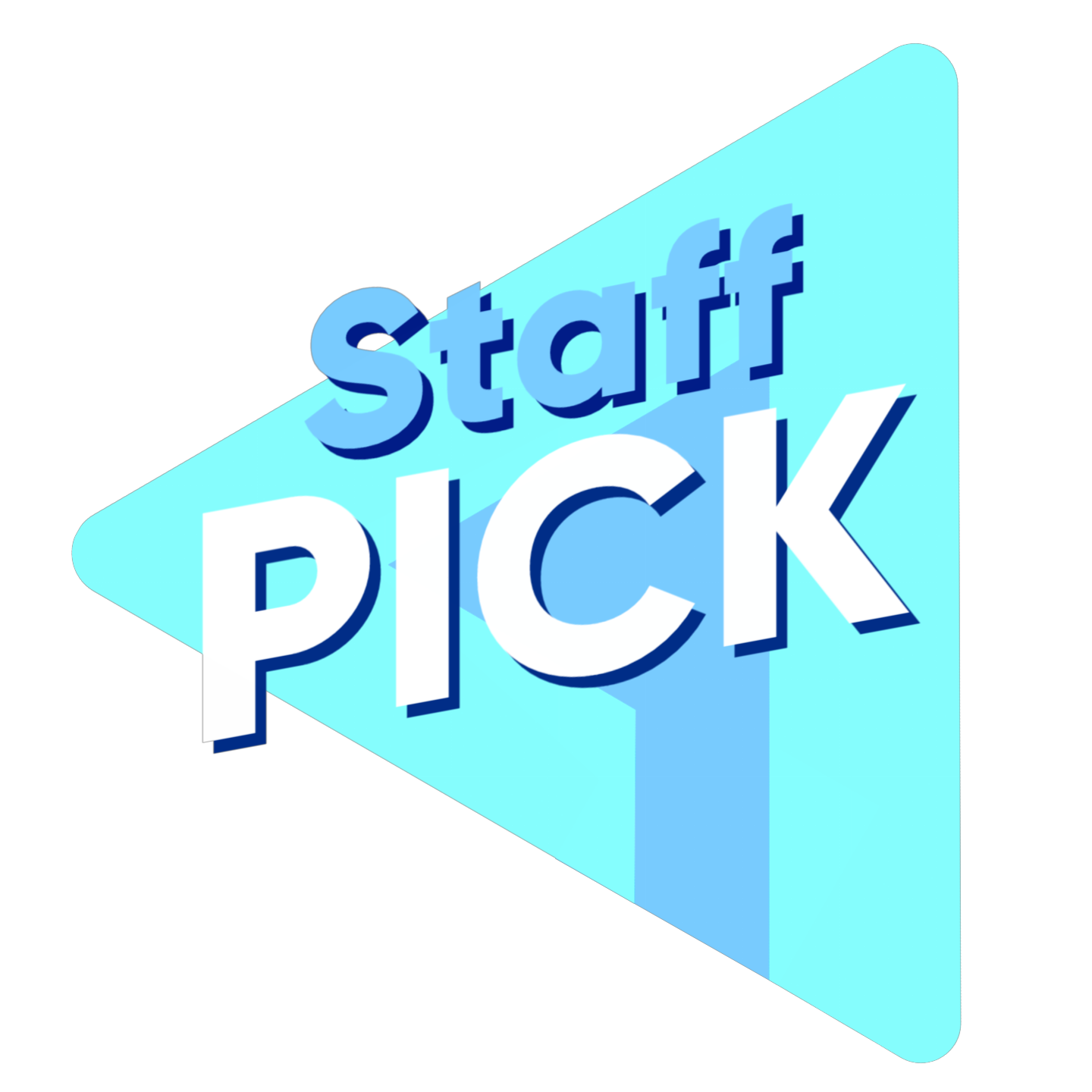
Google Pixel 9 Pro Fold
Google's second-gen foldable is a massive leap forward compared to the original Pixel Fold. With a thinner chassis, two great displays, and some real software enhancements, this is the foldable we hoped would arrive last year. It's just too bad it can't live up to the "Pro" in its title — or the multitasking skills seen on other foldables, for that matter.
- Great new design
- Thinnest foldable yet in the US
- Excellent main display
- Google's foldable experience is much better
- Missing some of those "Pro" features
- Camera is just okay
- Wireless charging is a surprising headache
- Falls short of OnePlus and Samsung's multitasking skills
Availability, network, and specs
Outside the US? You might actually be able to buy Google's new foldable
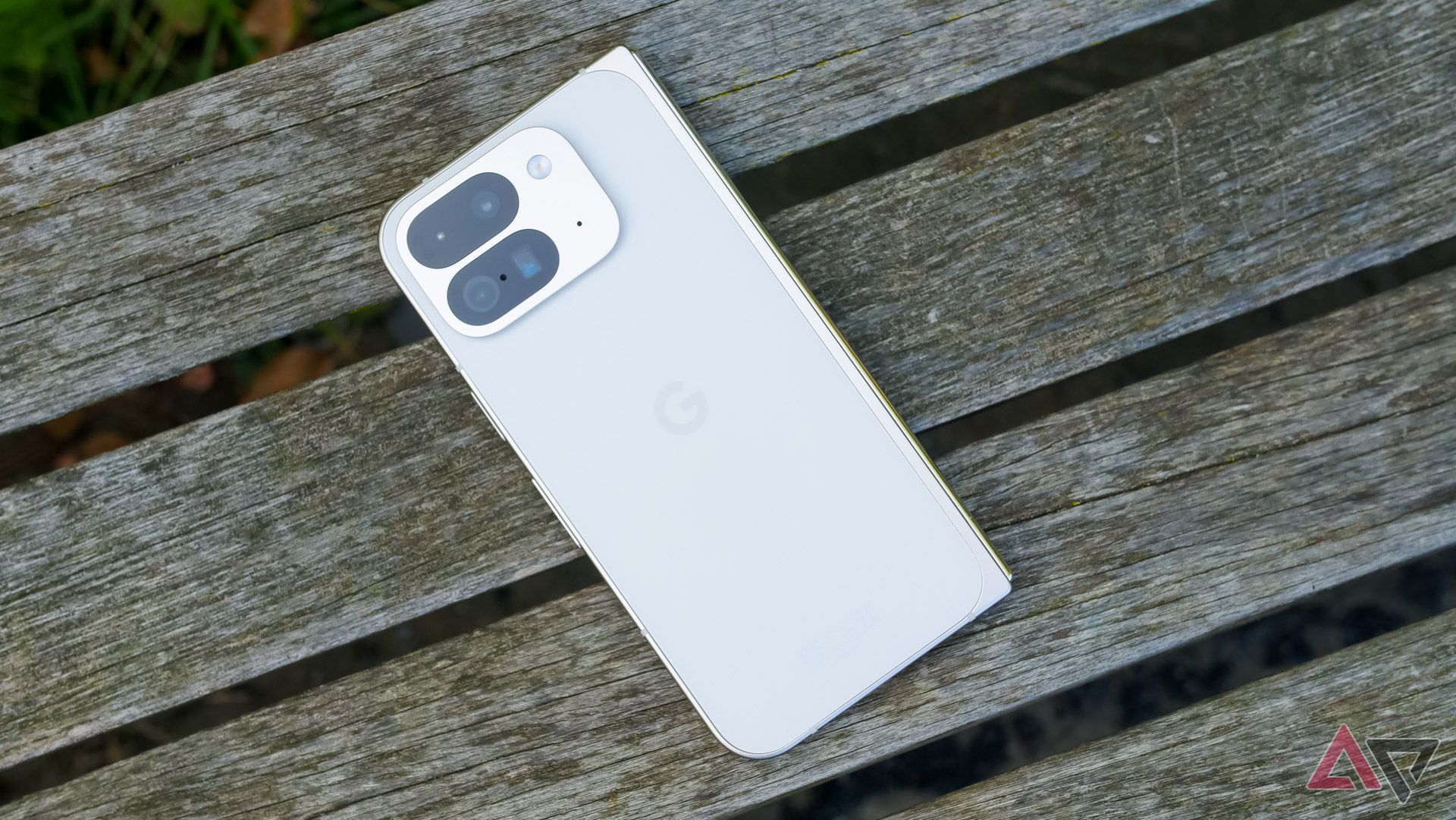
Last year's Pixel Fold could've been charitably described as a limited release, only launching in four regions total. This time around, it's arriving in a ton of new territories. You can find the Pixel 9 Pro Fold in Australia, Austria, Belgium, Canada, Denmark, Finland, France, Germany, Ireland, Japan, Netherlands, Norway, Singapore, Sweden, Switzerland, Taiwan, the UK, and the US. It's not as wide of a reach as the mainline Pixels, but it's better than last year.
In the US, you can buy the Pixel 9 Pro Fold through Verizon and T-Mobile starting at $1,800, as well as unlocked through retailers like Amazon, Best Buy, and Google's own store front. It should support all three national carriers as well as their respective MVNOs, though AT&T users have found 5G issues with the device. It's worth noting that AT&T opted out of carrying this phone in its stores, though that doesn't explain why Google's latest foldable is having problems connecting to 5G networks. Regardless, if you're an AT&T user, it's something to keep in mind.
Specifications
- SoC
- Google Tensor G4 with Titan M2 security coprocessor
- Display type
- Outer: Actua (OLED) with 2,700-nit peak brightness | Inner: Super Actua (LTPO OLED) with 2,700-nit peak brightness
- Display dimensions
- Outer: 6.3" | Inner: 8.0"
- Display resolution
- Outer: 1080 x 2424 (422 PPI) | Inner: 2076 x 2152 (373 PPI)
- RAM
- 16GB
- Storage
- 256GB / 512GB
- Battery
- 4,650mAh
- Charge speed
- 21W wired, 7.5W wireless
- Charge options
- USB-C, Qi wireless charging
- Ports
- USB-C 3.2
- SIM support
- Dual SIM (single nano SIM and eSIM)
- Operating System
- Ships with Android 14
- Front camera
- 10MP (dual PD binning), ƒ/2.2 aperture, 87° field of view
- Rear camera
- 48MP, f/1.7 main; 10.5MP, f/2.2 ultra-wide; 10.8MP, f/3.1 5x telephoto
- Wi-Fi connectivity
- Wi-Fi 7 (802.11be) with 2.4GHz+5GHz+6GHz
- Connectivity
- Wi-Fi 7, Bluetooth 5.3, NFC, Google Cast, ultra-wideband (UWB), dual band GPS, 5G mmWave + Sub 6GHz
- Bluetooth
- 5.3
- Dimensions
- Folded: 6.1" x 3.0" x 0.4" | Unfolded: 6.1" x 5.9" x 0.2"
- Weight
- 257g
- IP Rating
- IPX8
- Colors
- Obsidian, Porcelain
- Price
- $1,799
Design and display
A multi-generational leap in just over a year
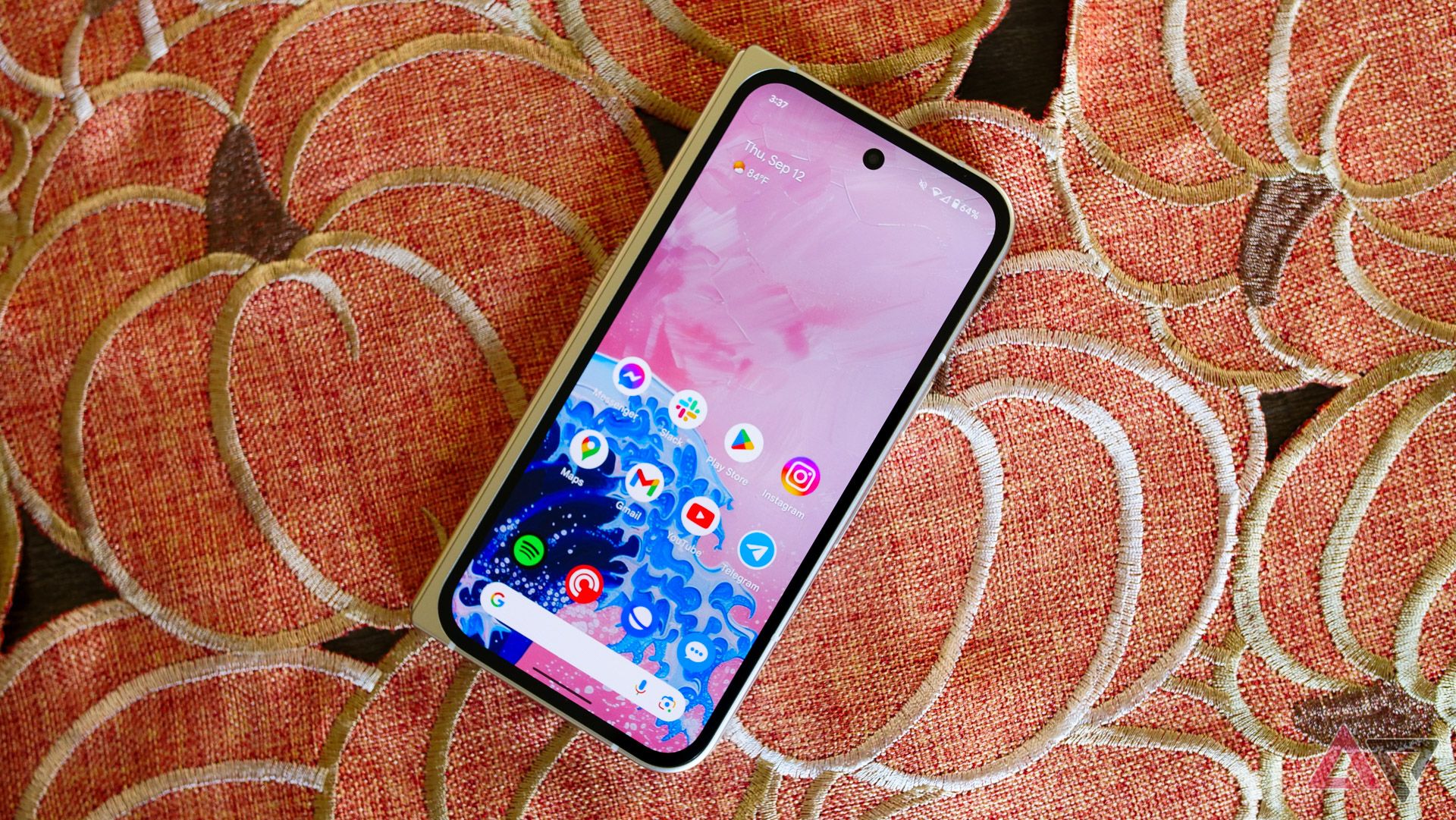
In a world where most smartphone manufacturers are sticking to similar designs for three generations (or more, in Samsung's case), the Pixel 9 Pro Fold is a rarity. Placed next to its direct predecessor, Google's latest foldable looks like it's from an entirely different company; only the 'G' on the back gives it away. New shape, size, hinge, and camera bump — this doesn't feel like a Pixel Fold 2, which is probably why Google decided to go in a different direction regarding the name.
While I would've loved to see at least another generation's worth of improvements to the original Pixel Fold design, the Pixel 9 Pro Fold feels so good that I have a hard time being too upset over any missed opportunity. Google has effectively taken everything that made last year's OnePlus Open my favorite foldable and crafted an excellent piece of hardware. Everything from the aspect ratio to the frame to the hinge feels familiar, and I don't think that's such a terrible thing.
The result is a foldable that feels like a massive leap forward, as if Google jumped from first-gen to fifth-gen hardware. While the Pixel 9 Pro Fold isn't up to the thinness standards set by Honor or Xiaomi in China and Europe, it is the slimmest foldable US shoppers like myself can buy today. At 10.5mm, the first thing you'll notice about this device is likely the last thing others will notice. For the first time since I started reviewing foldables, people around me were surprised when I revealed the device I was using wasn't a standard smartphone.
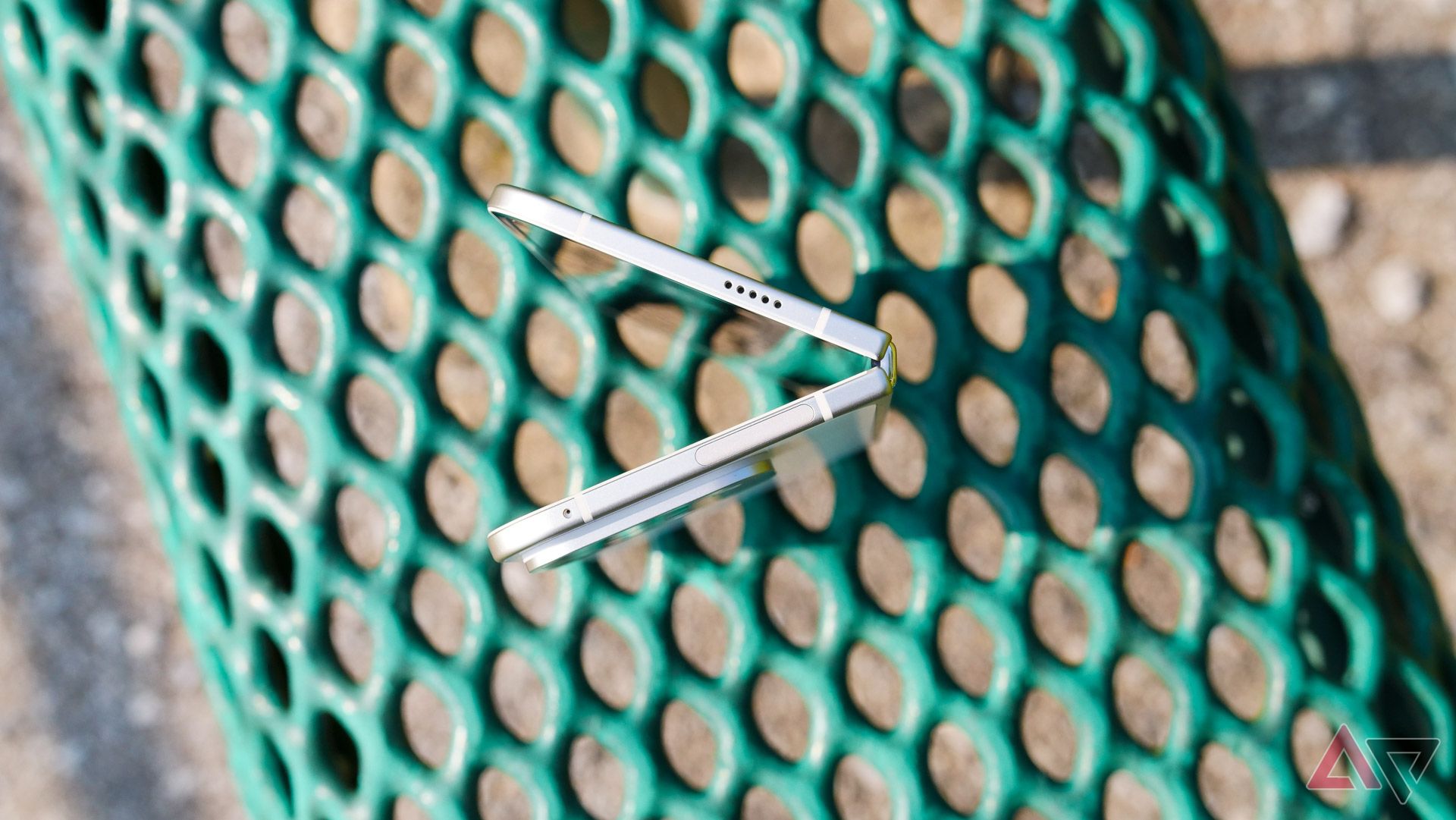
While I doubt Google will maintain this lead for long, the Pixel 9 Pro Fold delivers some real pressure for Samsung and OnePlus to catch up — and, hopefully, surpass — the relatively slim chassis used here. Make no mistake, this new design really does impact how you use the phone. Even compared to the 11.7mm OnePlus Open, I'm much more likely to feel comfortable slipping this phone in my pocket. It no longer feels like a compromise, which isn't something I could say about older (or, honestly, current) Samsung foldables.
Putting thinness aside, there's plenty to love about this design. The left-side border might strike some as uncomfortable, but I liked how it gave my hand some space to rest when using the cover display. The matte frame and back glass is exactly what I've been asking for on Google's other Pro-series phones — only the hinge will pick up fingerprints and grime during regular use. And while the camera bump is missing the style of its slab siblings, it does a solid job stopping the phone from wobbling too much, regardless of whether it's folded. You can't say the same for Samsung's devices.
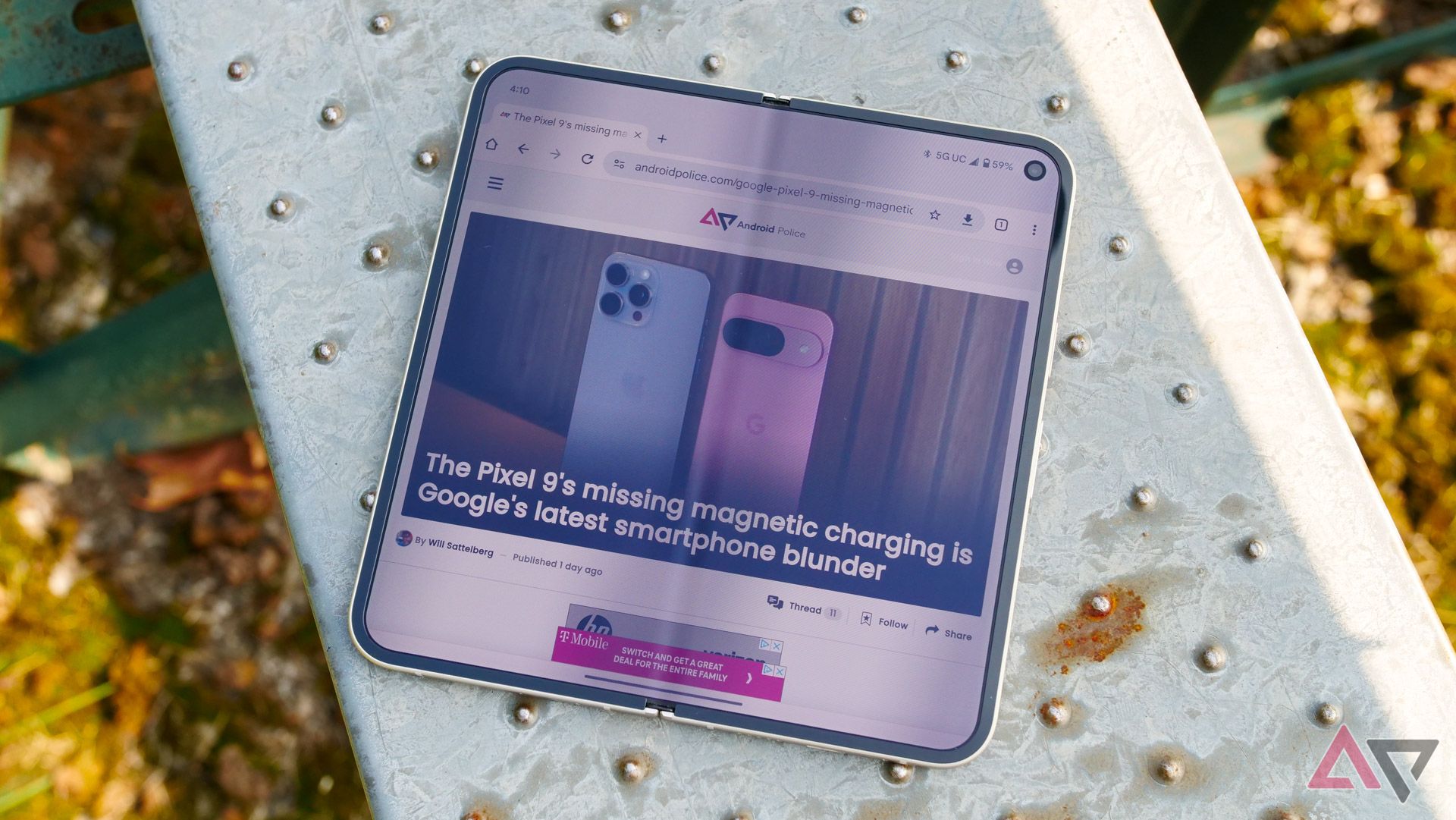
This shot makes the crease look much worse than it is in person, I swear.
Unlike last year, the praise doesn't stop when you unfurl the screen. While I still prefer the anti-glare finish on the OnePlus Open, Google's new 8-inch, near-1:1 display has fully caught up to the competition. It's bright and not particularly reflective, which makes it perfectly usable outdoors, and the new aspect ratio feels much more comfortable in my hands. The crease is still noticeable, but no more so than on other modern folding phones. Plus, Google's new hinge allows the display to fold flat every time, no extra effort required. It's a night-and-day comparison next to the original Fold.
I'm less enthused about the outer display. It's perfectly fine, using the same panel we praised on the regular Pixel 9. But that's an $800 smartphone, and this is an $1,800 foldable. For that price, I just expect a little more. Placed next to the Super Actua display on the Pixel 9 Pro, which might be my favorite screen on any smartphone to date, the standard Actua panel here pales in comparison.
Finally, a quick word on weight. At 257 grams, the Pixel 9 Pro Fold is heavier than the Galaxy Z Fold 6 and the OnePlus Open. But unlike with the original Pixel Fold — which weighed a whopping 283 grams — this never really bothered me. Yes, it's heavy, but not so much that I felt bogged down when holding the phone or carrying it in my pocket. I'm still hoping Google manages to bring the weight down in whatever comes next for this series, but for now, it's perfectly serviceable.
Other hardware and what's in the box
Throw us a bone case, Google
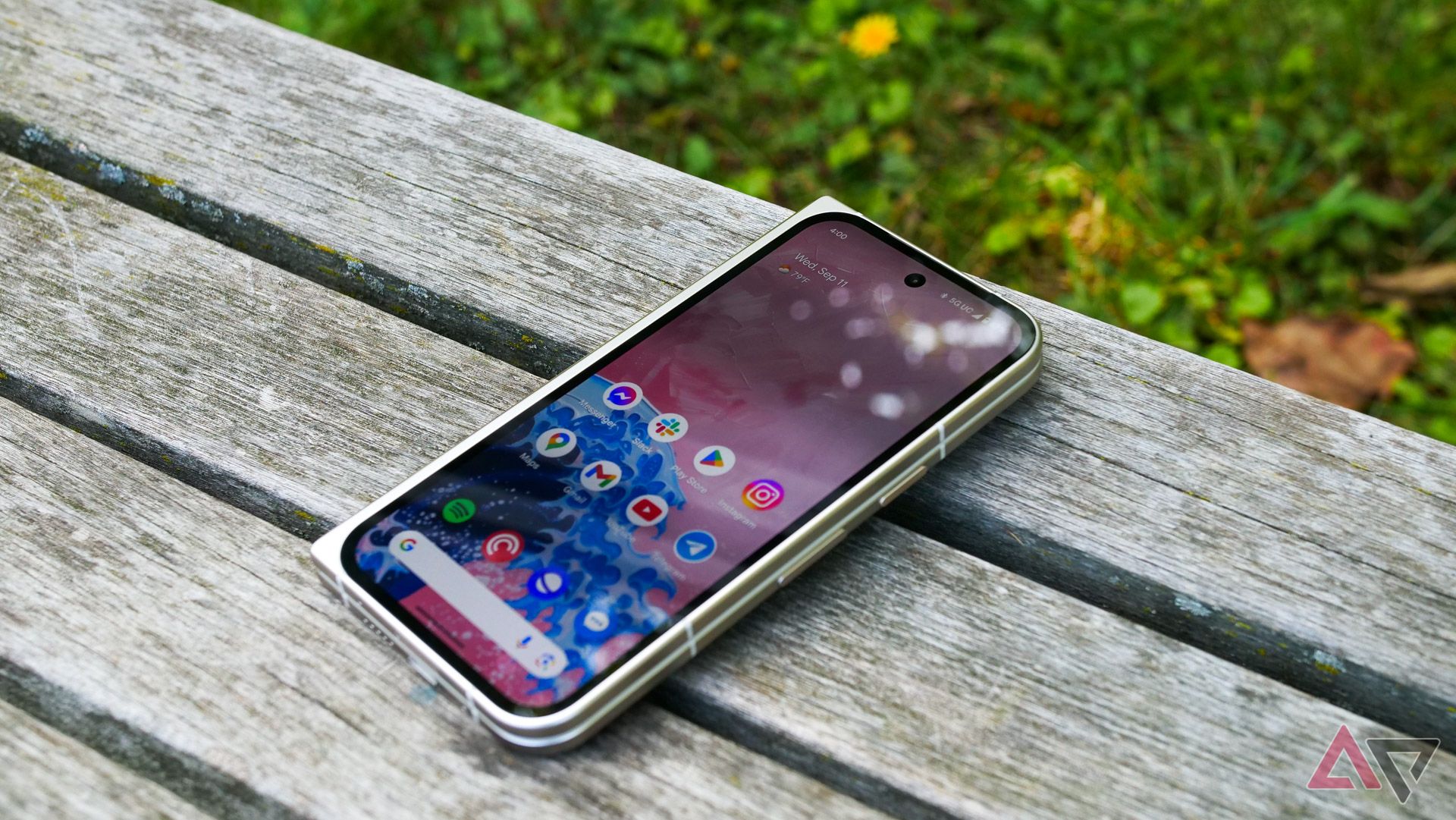
As I mentioned, the Pixel 9 Pro Fold's redesigned hinge feels great. It hits 180 degrees every time without fail but is also capable of stopping at around 150 degrees before the weight of the two sides finally snaps it open. Opening the phone requires a little more pressure than I'd like, thanks to some extra-strong magnets, but I'm nitpicking — Google really nailed it this year.
Practically everything I liked about the Pixel 9 Pro's hardware extends to this device. Haptics feel good, buttons are clicky and responsive — and, bonus, much less wiggly than on that phone — and the embedded fingerprint sensor on the power button is quick and accurate. Like most foldables, I wish Google would reach for improved dust resistance, but I'm happy to see IPX8 certification here. I walked through a few rain showers during my review period without a care in the world.
The Pixel 9 Pro Fold's bottom-and-top-firing speakers are perfectly fine — loud enough for YouTube videos or podcasts, at least — but I wish they sounded a little bit better. Google hasn't totally nailed its speaker quality compared to, say, the iPhone, and on an $1,800 foldable that is, in part, designed with media consumption in mind, I was hoping for a little more. Even worse, though, is their placement. Since they're smack-dab in the middle of the frame, rotating the Fold on its side means you're bound to cover one (or both) of the speaker grills with your hands.
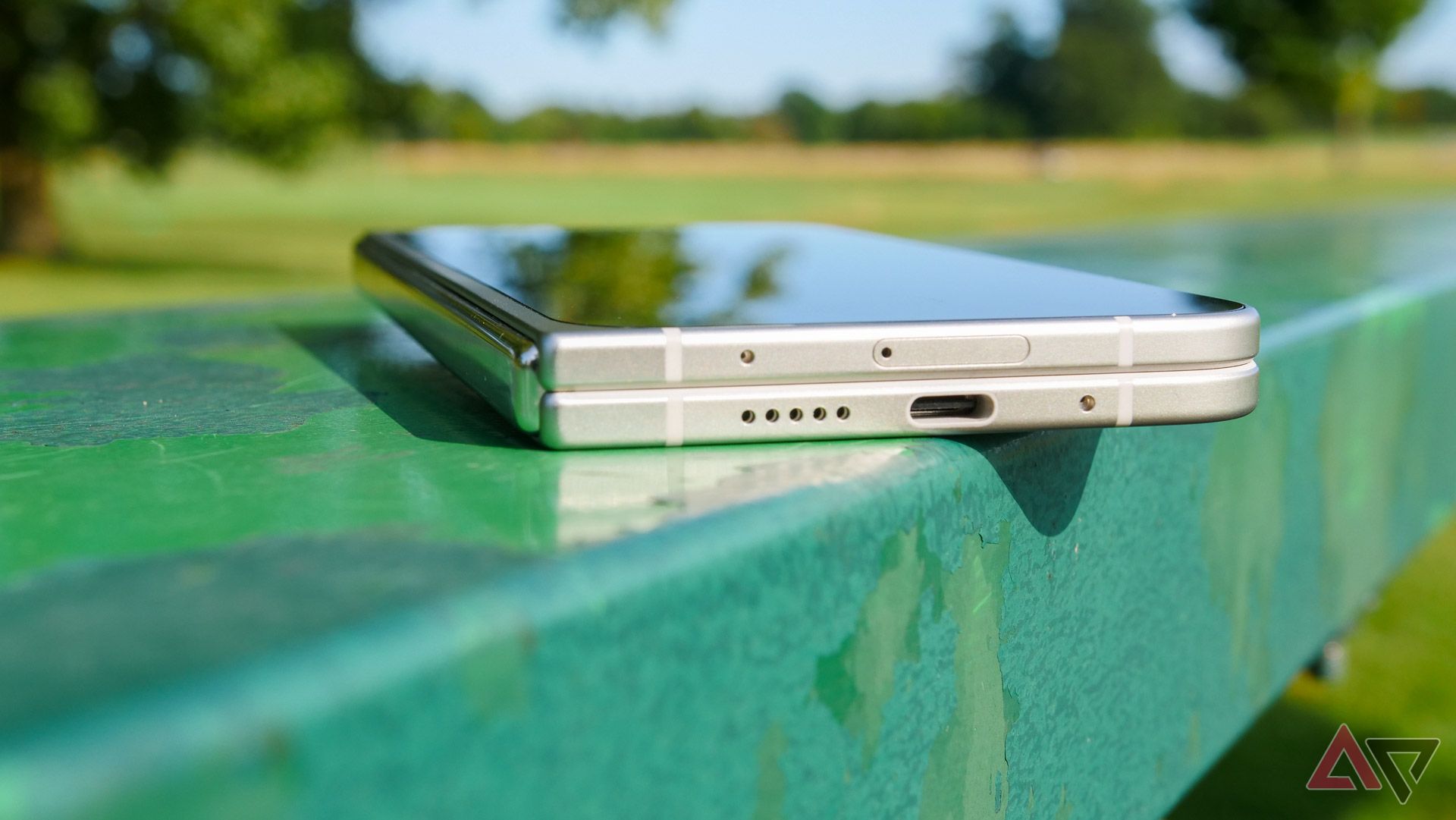
I answered a lot of questions about this phone's hardware in a Q&A prior to this review's publication, so check that out below if you're curious about something I'm not specifically referencing here. If you didn't get your question in, keep an eye out for future calls to action regarding upcoming devices — it's something we plan on doing for future flagship reviews moving forward!
Inside the box, you'll find the phone, a charging cable, a SIM tool, and the usual paperwork. I know I'm a broken record at this point, but for $1,800, Google should offer one of its first-party cases for free with every purchase, even just as an option at checkout. These are expensive phones with minimal third-party case offerings, and delivering some protection is better than nothing. If anything, it might actually save Google from having to repair broken Folds down the road.
Software and performance
Better than before, but still behind the competition
